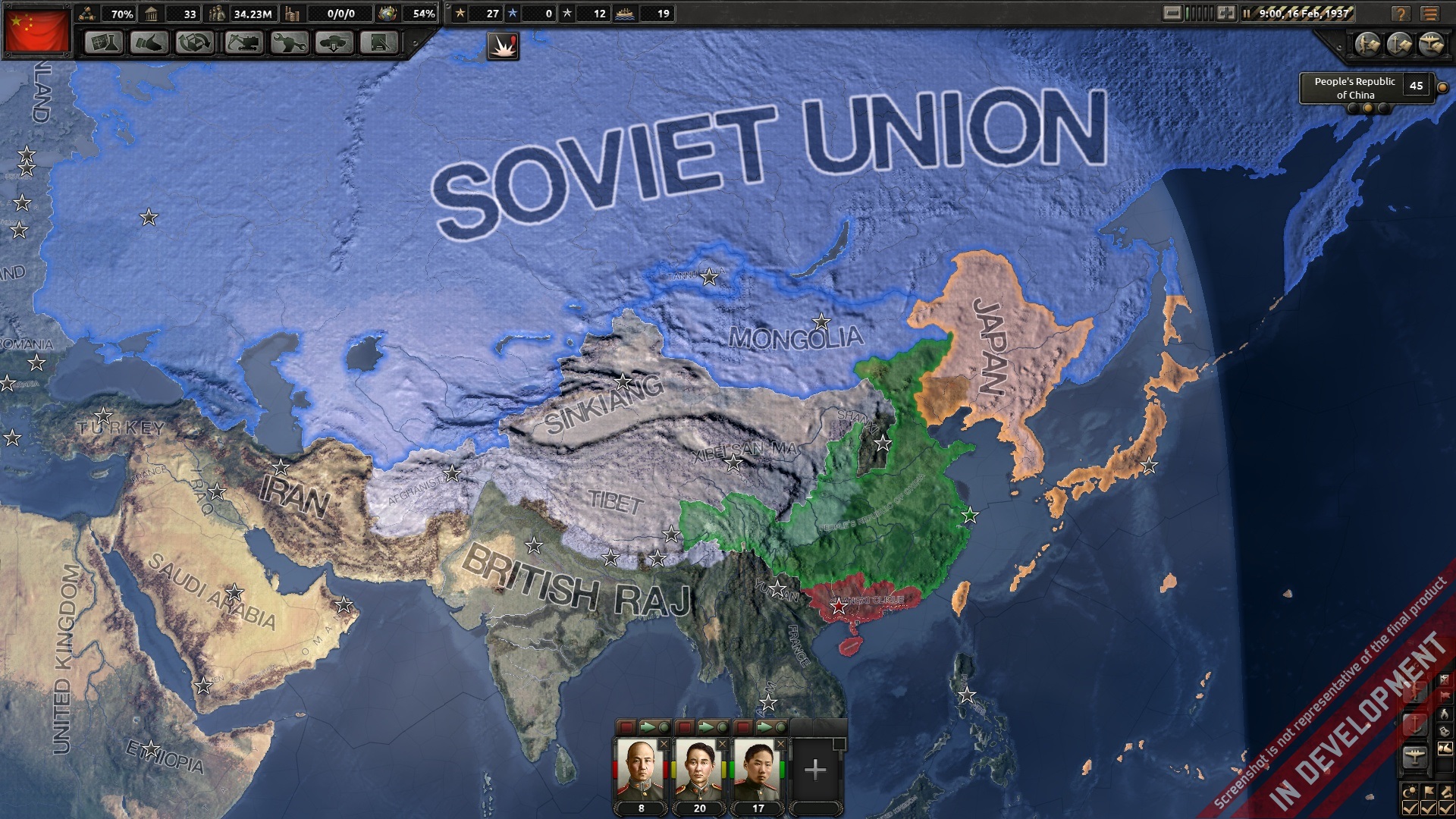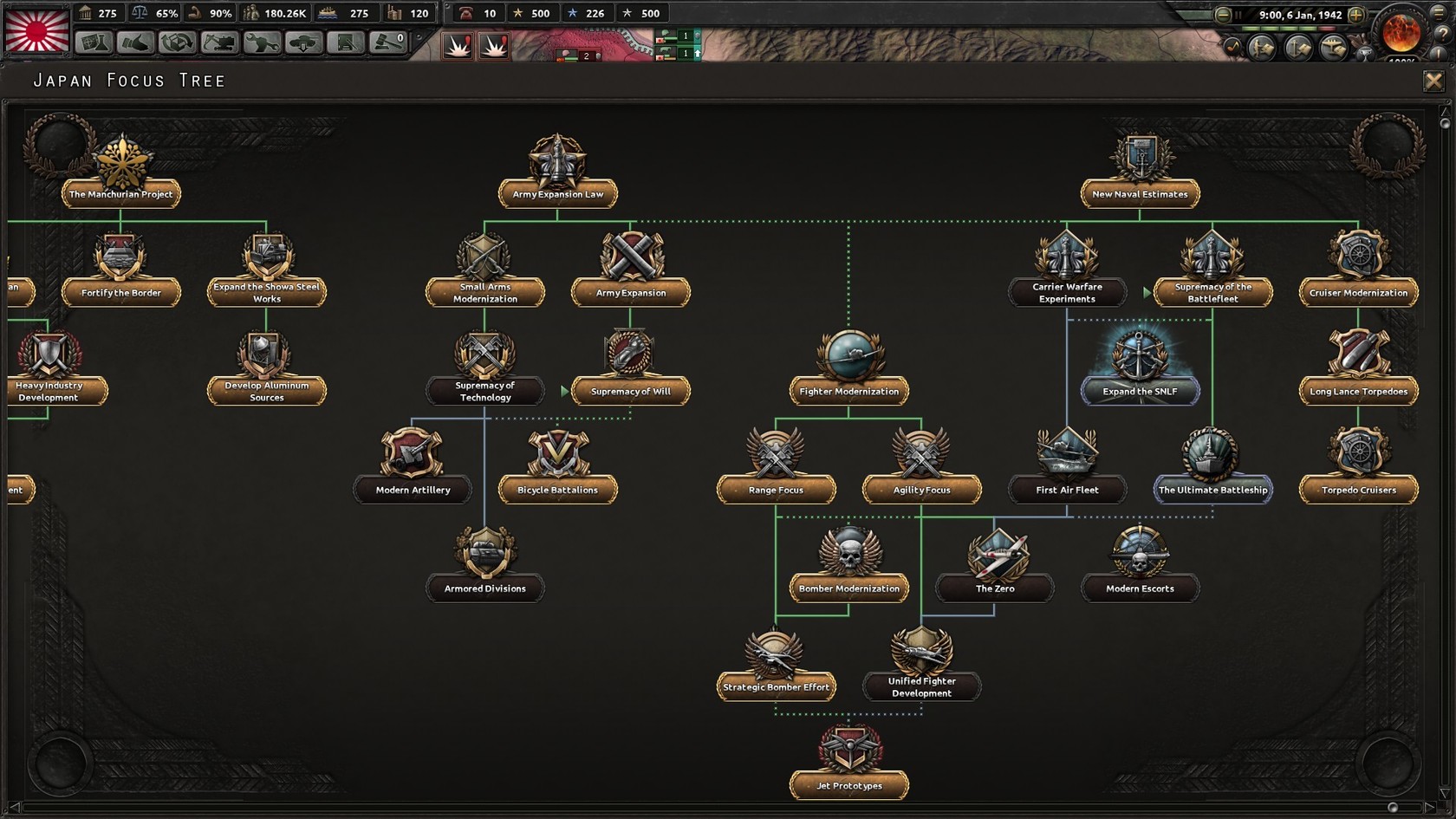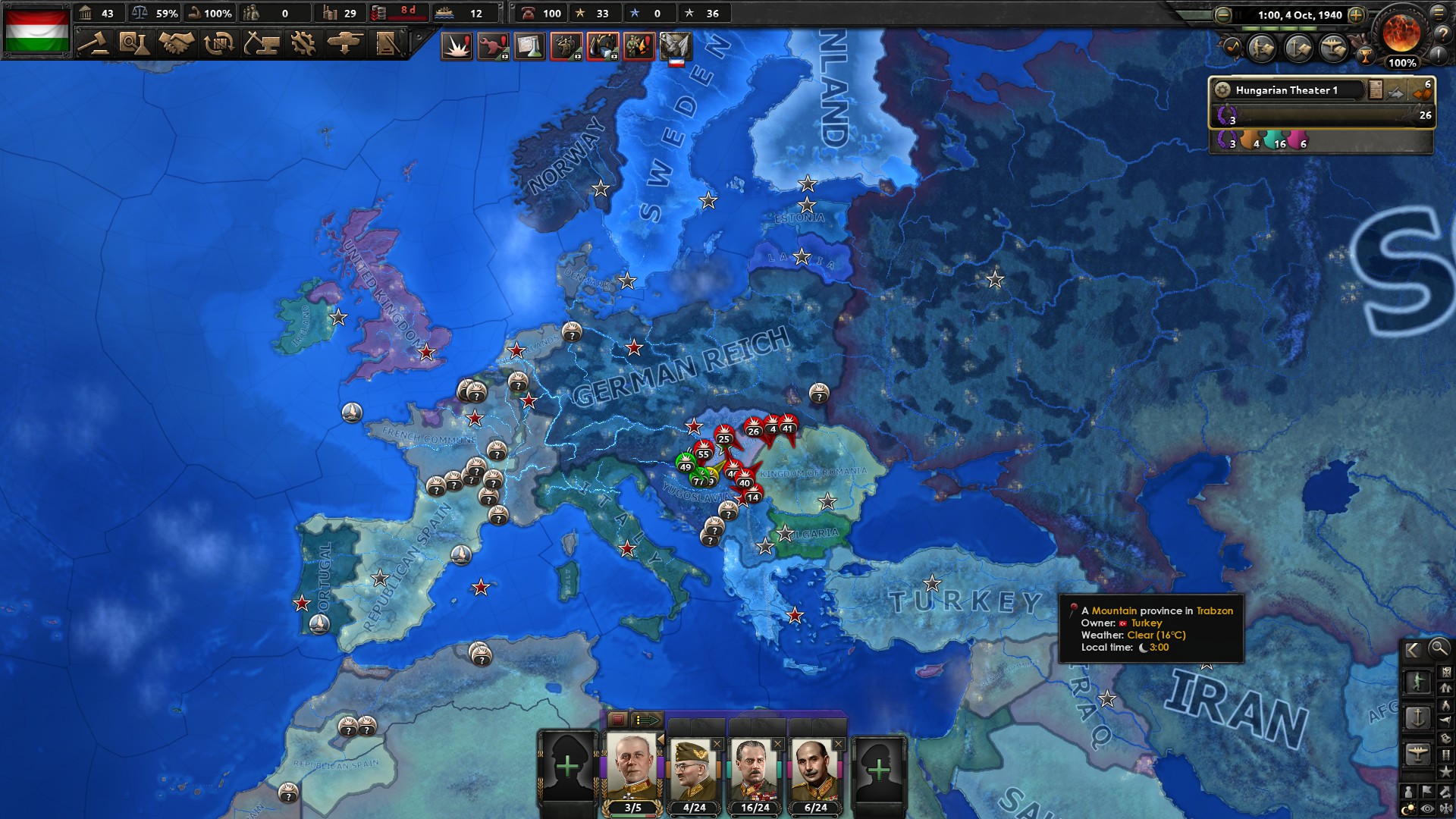

Ill-health and a lack of hygiene were no inherent trait of the Irish working class, but simply a corollary of a social condition to which they had been condemned. The privatization of daily life that technological consumerism ushered in, the individualization of consumption of all types, could only aggravate clean individuals’ fear of the "dirt of the mass," and their loathing for "anything that throngs or sprawls, any mass in which they might become caught up and irretrievably lost." 4 Dirt, then, would become "anything that impinges.on the person's anxiously guarded autonomy." 5 The IrishĢIn the bourgeois dominant imaginary of the nineteenth century the poor, the working class, the common people were depicted as sickly and dirty with an array of metaphors and commonplaces which were easily transferable to immigrant ethnic groups, first among whom were the Irish poor who found themselves starved into taking refuge in Britain in horrendous insanitary conditions as bad as or worse than that of the northern English workers we may read of in such novels as Gaitskell's Mary Barton (1848). 3 What was new was necessarily clean, and the old ‘naturally’ associated with decay.

2 Indeed, Baudrillard spoke of “functional” cleanliness. It became obsessional with the twentieth-century transformation of science into technology and the emergence of the mass consumer society, with dirt becoming "matter out of place", dirt being "the label we attach to what we perceive as disorder".

The nineteenth-century rise of science saw the invention of scientific hygiene and the modern preoccupation with cleanliness.


 0 kommentar(er)
0 kommentar(er)
